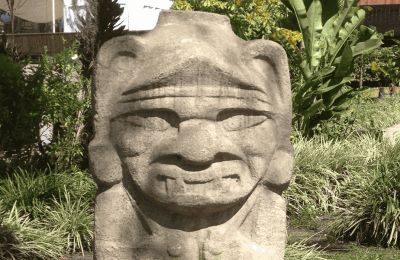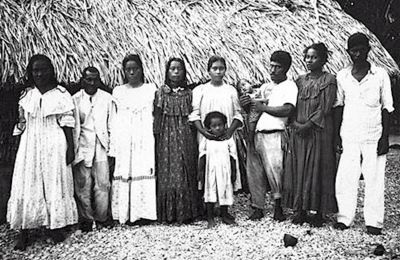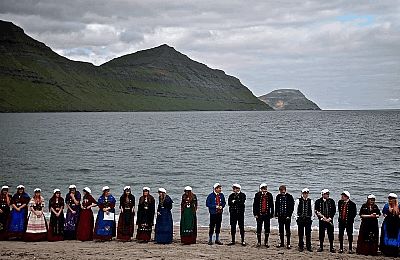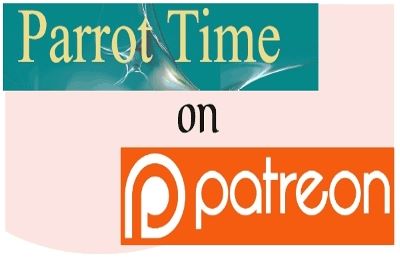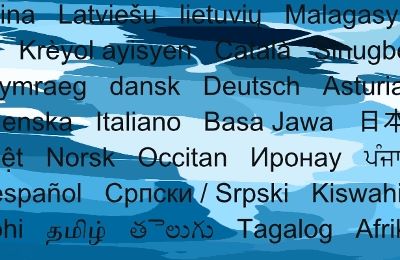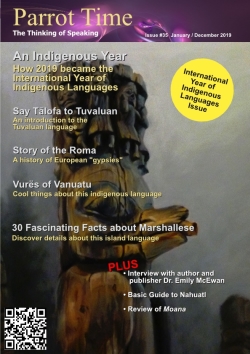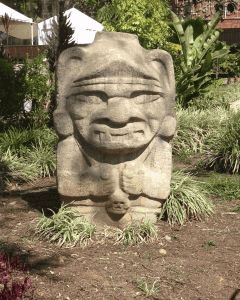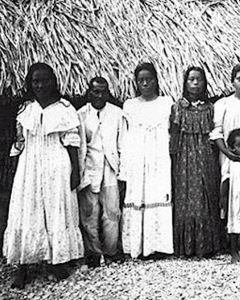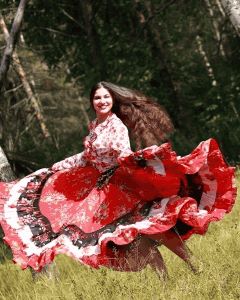A User-Friendly Introduction to the Tuvaluan Language
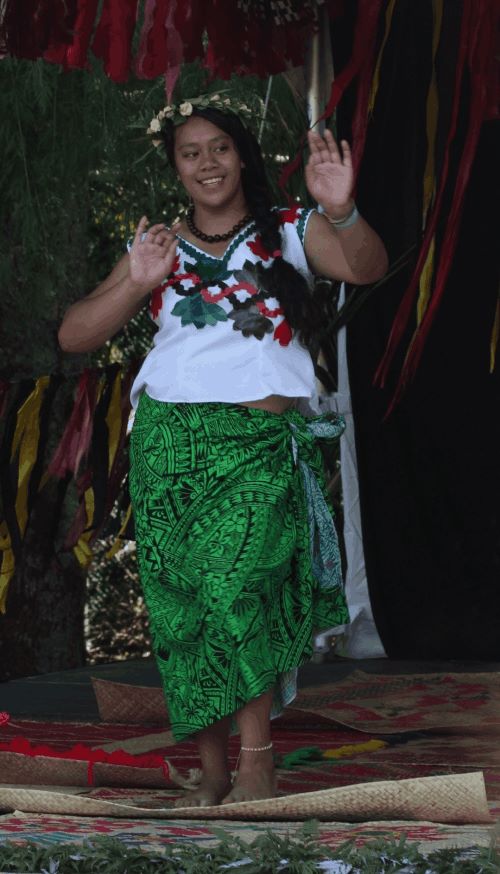 Even when compared to other languages of Oceania that have gotten a good share of language learning resources (such as Hawaiian, Maori, Fijian, Samoan or Tok Pisin), Tuvaluan seems to be obscure at best and unknown at worst. As of the time of writing, Tuvalu (formerly known as the Ellice Islands under colonial rule) has the second-lowest population out of all sovereign states on the planet (Vatican City has the lowest) and its reputation for being very low-lying and very thin have caused many people throughout the world to think of Tuvalu as "just another sinking island nation", and seldom little else. In my opinion, it is precisely because the country is endangered that it behooves us to learn more about the Tuvaluan language and culture and to show Tuvalu as a vibrant, living, and proud society. The Tuvaluan language is Polynesian and within that family there is one "big brother" and one "little brother". Samoan is the big brother, having influenced Tuvalu and many other areas in the Pacific by means of their missionary work, and Tokelauan, which is very close to Tuvaluan and made famous by Te Vaka, the band featured in Disney's "Moana". Pronunciation Pronouns
Au, I, me. The "Faka-" Suffix Here are some fun examples that illustrate how the suffix works: What's more, there is some extended morphology involved: One huge advantage this poses as a learner is the fact that you can use this system to acquire additional vocabulary at no cost (with knowledge of how "faka-" works). Does Tuvaluan Have a Verb "To Have?" or "To Be?" E isi saku moemiti – I have a dream (lit. it exists my dream) Like in other Polynesian languages, the possessives have two forms. The word "my" is expressed in SIX different ways: toku, taku, oku, aku, soku, saku. "Toku" is merely a fusion of the words "Te oku" = the mine The ones containing an "o" in them indicate possessions that (roughly speaking) are a part of you or are essential to your being. A toku igoa ko Jared – My name is Jared The ones containing an "a" in them (such as "e isi saku moemiti" above) indicate possessions that are more distant from you. Tau meakai – your food. Toku, taku, tou, tau, tona and tena (the first two being my, the second two beyond your [singular] and the third being his or hers) change to soku, saku, sou, sau, sona and sena if the word that precedes them contains an "s". As for the verb to be, it is left out. An example: e fia lauiloa au? – Do I want to be famous? This literally translates to "present-tense-marker wanting famous I?".  Tense Markers Fakatusatusagina – to be continuously compared. This changes to "Fakatusa'tusagina" if the subject of the verb is a plural noun. Here are some examples of tense markers at work. Note that the marker "ne" indicates the subject of the sentence: E = present tense E faitau ne au. – I am reading Au e alofa atu ki a koe. Ka = future tense We will go (exclusive plural) Ne = past tense S/he wrote Past tense write from direction pronoun marker s/he. And these have negative forms as well: Se = Not (present tense) This is merely a sampling of the most commonly used tense markers. Places to Learn Tuvaluan For one, the website http://www.tuvaluislands.com/lang-tv.htm has a fantastic and thorough grammar guide that will explain everything. While it is not going to teach you tourist phrases, it will provide you a way to read better and start sculpting your own sentences. Geoffrey W. Jackson and Jenny Jackson have created fantastic books and dictionaries to aid the study of Tuvaluan. They have very clear and thorough vocabulary lists and extremely user-friendly. Lastly, Glosbe.com has a translation memory with lots of sentences in Tuvaluan, and, of course, there is a lot of music in Tuvaluan that is available on YouTube and is sung clearly. The Music Tuvalu Channel is a great place to start and they continue to post regular uploads: https://www.youtube.com/channel/UCOvs1-AGk-idOZhScjEu3qQ Conclusion: Tuvalu mo te Atua (Tuvalu and God) There are more news websites, forums and social media groups with which to use Tuvaluan than may seem apparent at first. Personally I have found it a fantastically fulfilling journey that has taught me a lot about Tuvalu and the Pacific Islands in general but also about indigenous heritage and climate crises as a whole. And every Tuvaluan native speaker is sure to love you for it. Manuia! (Good luck!)
Jared Gimbel is an American polyglot of mixed Ashkenazi Jewish and Swedish heritage. He writes about learning rarer languages and successful mindsets at https://worldwithlittleworlds.com/. His first video game, „Kaverini: Nuuk Adventures”, set in contemporary Greenland, is scheduled for a release in late 2019. |
| A User-Friendly Introduction to the Tuvaluan Language | |||
| Writer: | Jared Gimbel | ||
| Images: | |||
| |||
All images are Copyright - CC BY-SA (Creative Commons Share Alike) by their respective owners, except for Petey, which is Public Domain (PD) or unless otherwise noted.
|
Looking for learning materials? Scriveremo Publishing, has lots of fun books and resource to help you learn a language. Click the link below to see our selection of books, availlable for over 30 langauges!
| |
comments powered by Disqus







